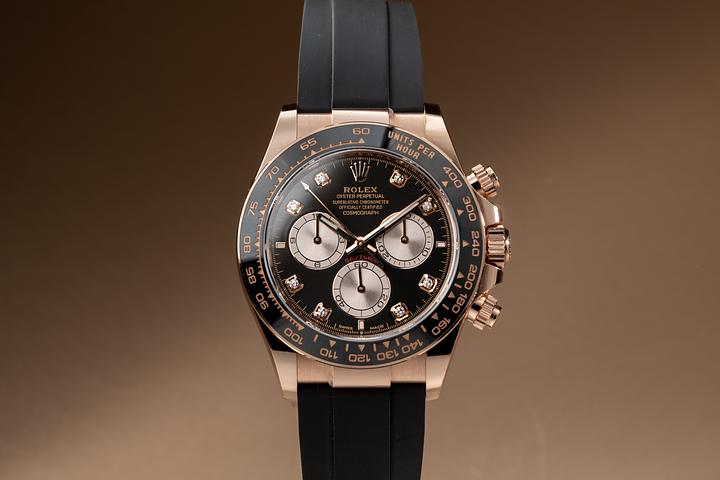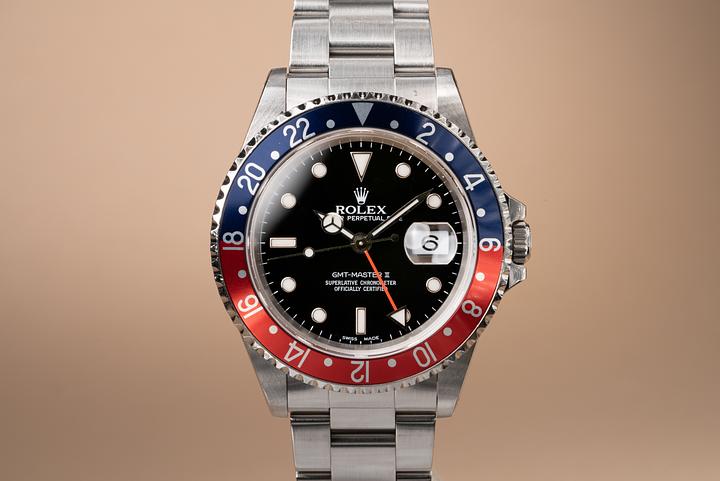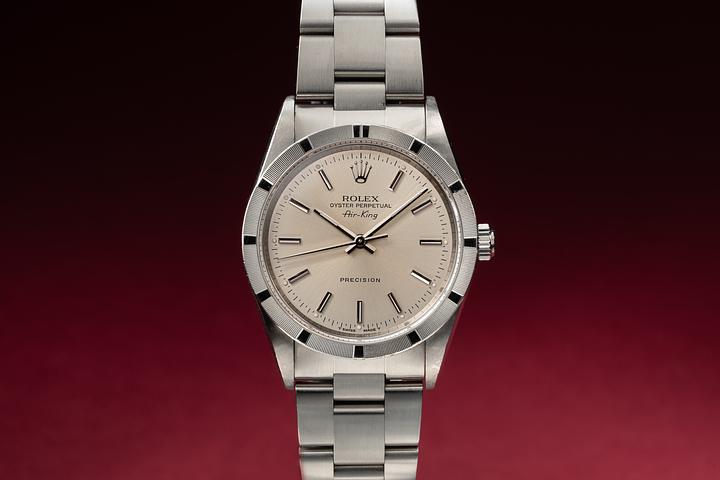Omega Speedmaster Moonwatch: Swiss Craft Meets Space History

Omega Speedmaster: The First Watch on the Moon and Its Swiss Legacy
Few moments in history shine quite as brightly as that split second when Neil Armstrong and Buzz Aldrin made their lunar debut in July 1969. It was one small step for man, one giant leap for mankind—and also, a rather important moment for horology. Because strapped to the wrists of the Apollo 11 astronauts wasn’t just any timepiece. It was the Omega Speedmaster Professional, a precision instrument made in Switzerland, born from a heritage of craftsmanship and innovation. Over fifty years later, the story still captures imagination: why this watch, why Omega, and how it became forever known as the “Moonwatch.” Let's get into it.
How the Omega Speedmaster Earned Its Space Wings
Back in the 1960s, the Space Race was, well, louder than ever. The Soviet Union had Sputnik. The U.S. had NASA pushing hard for a lunar landing. Somewhere in the whirlwind of liquid oxygen and flame, astronauts needed equipment—suits that wouldn’t cook them alive, boots that wouldn’t float away, and yes—watches. Because timing, in space, isn’t a matter of being fashionably late. It’s a matter of life and death, calculations and precision. So NASA tested watches. A lot of them.
Omega wasn’t even approached directly at first. NASA just went out and bought a bunch of chronographs off the shelf, anonymously. Yep—secret shopper style. Brands like Rolex, Longines-Wittnauer, Hamilton… and Omega. The watches were then brutally tested. Think extreme temps, high G-forces, vacuum chambers, humidity, shock, and vibration. Only one made it through the gauntlet: the Omega Speedmaster.
The Birth of the Speedmaster: A Swiss Powerhouse
Before the stars and the moon came calling, Omega had already made a name for itself. Founded in 1848 in La Chaux-de-Fonds, Switzerland—Omega was no stranger to precision. The Speedmaster line first launched in 1957 as part of the "Professional" collection, originally intended for motorsport timing, not outer space. Its signature design—broad arrow hands, triple-register chronograph layout, and that 1/5th-second tachymeter scale on the bezel—made it easy to read in high-speed environments. Little did Omega know, that same legibility and precision would one day suit the harsh environments of lunar space travel perfectly.
The Speedmaster became an instant favorite among test pilots and NASA personnel. And once its mechanical resilience under NASA's demanding tests proved superior, it was officially certified for all manned space missions in 1965. Specifically, the Speedmaster Reference ST105.003 became the designated astronaut watch, later replaced by the slightly updated ST105.012—the one that would ride aboard Apollo 11.
Houston, Omega Has Landed: Apollo 11 and the Moonwalk
July 20, 1969. Armstrong steps onto the surface of the Moon, but fun fact—he left his Omega inside the Lunar Module. Why? The onboard timing system malfunctioned, so his Speedmaster stayed behind as a backup. It was Buzz Aldrin, who wore the watch as he descended the ladder and made lunar history. Technically, the first watch worn on the Moon.
That particular Speedmaster went into the Smithsonian later (well—Aldrin’s actually disappeared en route to the museum, still missing to this day), but that mission cemented Omega’s cosmic credentials. NASA kept certifying the Speedmaster for future missions, including the dramatic Apollo 13, where the watch’s precise timing helped astronauts execute a tricky engine burn to align the spacecraft for re-entry. In other words, it was more than space jewelry—it was crucial to survival.
The Swiss Watch Industry: What Makes It Tick (Pun Totally Intended)
Let’s zoom out for a sec. Switzerland has been the bedrock of fine watchmaking for centuries. With names like Patek Philippe, Rolex, Audemars Piguet, and of course, Omega, the country has managed to intertwine tradition, artistry, and innovation in a way few other industries can claim. What makes a Swiss-made watch so revered isn’t just the intricate movements or prestige—it’s the stubborn Swiss insistence on doing things the hard way, the right way.
Omega’s Moonwatch lineage fits right into this mold. Unlike quartz watches, mechanical chronographs need to be hand-assembled, adjusted by master watchmakers, and scrutinized under rigorous testing standards. The movements inside aren't just marvels of micro-engineering—they’re built to a level of accountability that could literally survive space vacuum and lunar dust. Not metaphorically. Literally.
The Design That Launched a Thousand Legends
There’s something universal about the Omega Speedmaster Professional's aesthetic. The black dial, dot-over-ninety bezel, Hesalite crystal, and asymmetrical twisted-lug case feel purposeful and timeless all in the same breath. While Omega has introduced variations over the decades—Speedmaster 38, Moonwatch Co-Axial Master Chronometer, Dark Side of the Moon—the core DNA of the original Moonwatch survives.
The Hesalite crystal, by the way, deserves its own nod. NASA specifically wanted the acrylic crystal over sapphire—because if it breaks, it doesn’t shatter. Even the bracelet underwent modifications for mission compatibility. Every design cue, down to the hand shape, was filtered through both Swiss sensibility and NASA’s brutal checklist. The result? Function manifesting as beauty.
The Legacy That Keeps Orbiting
So yeah, the Omega Speedmaster isn’t just a watch that went to the Moon. It’s a symbol—of human ingenuity, Swiss excellence, and the deep-seated desire to push boundaries, both physical and mechanical. Today’s collectors chase old references, historians nod to its endurance, and Omega keeps refining what's already a classic. All while keeping one foot on Earth—and the other still dusted with lunar soil. Whether you're a watch lover, space geek, or just someone who appreciates history, the story of the first watch on the Moon loops us back to the Swiss workshops where it all began, where time—and legacy—ismeasured in more than just seconds.




